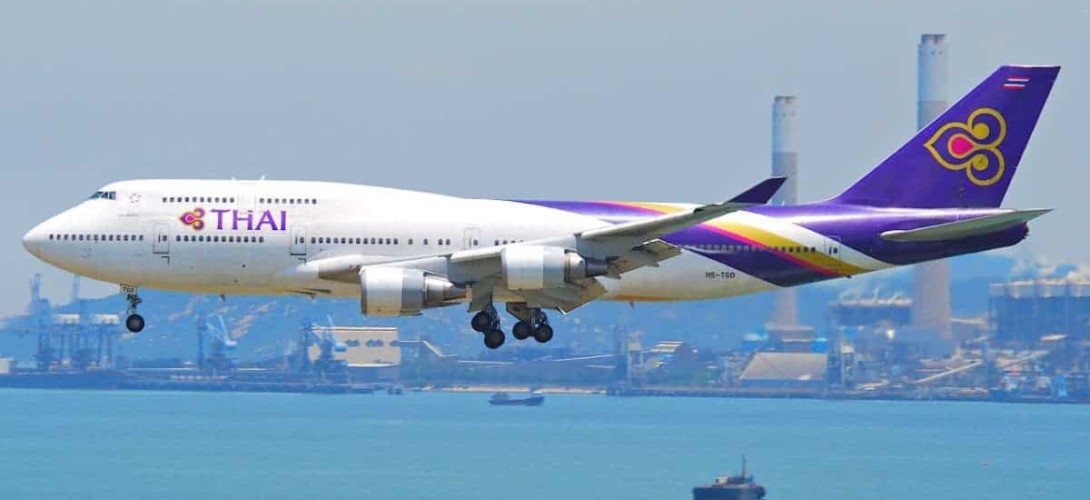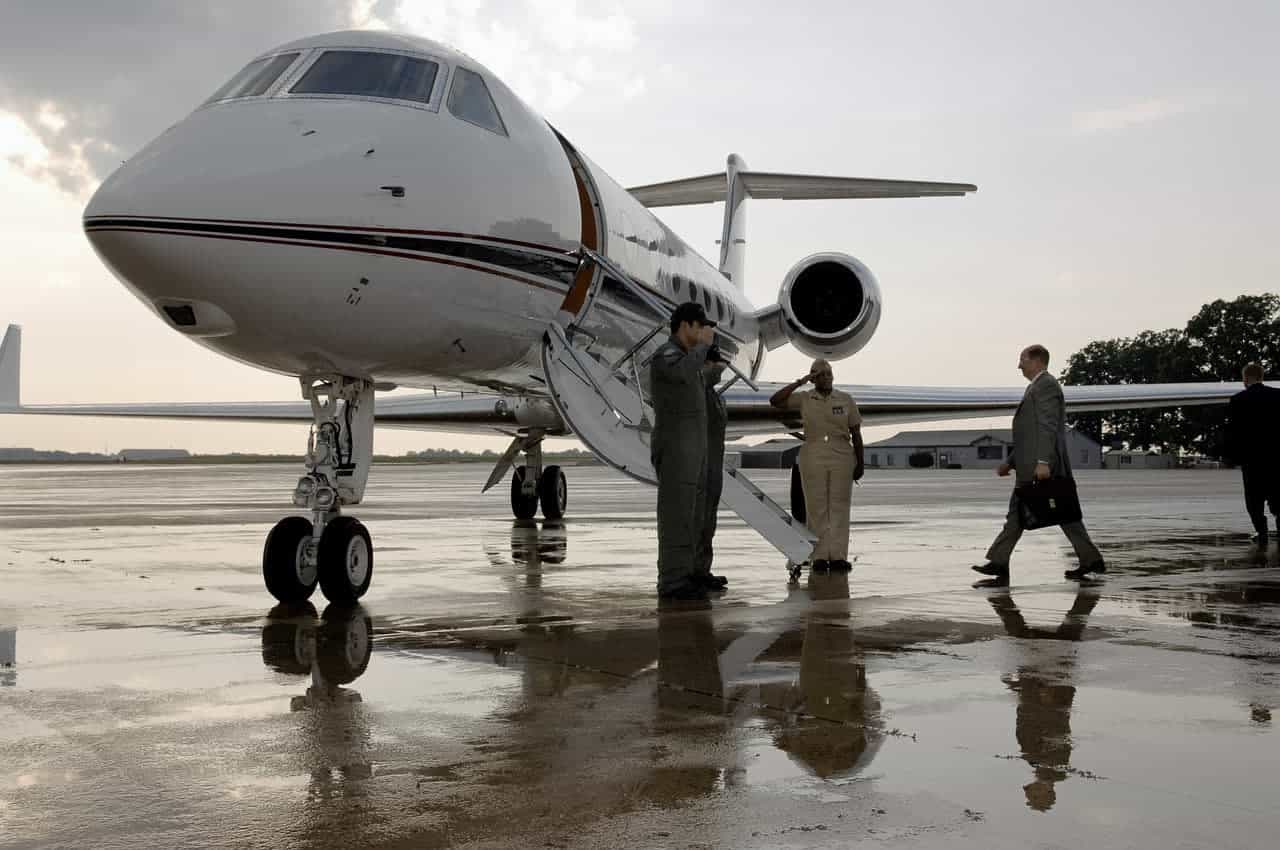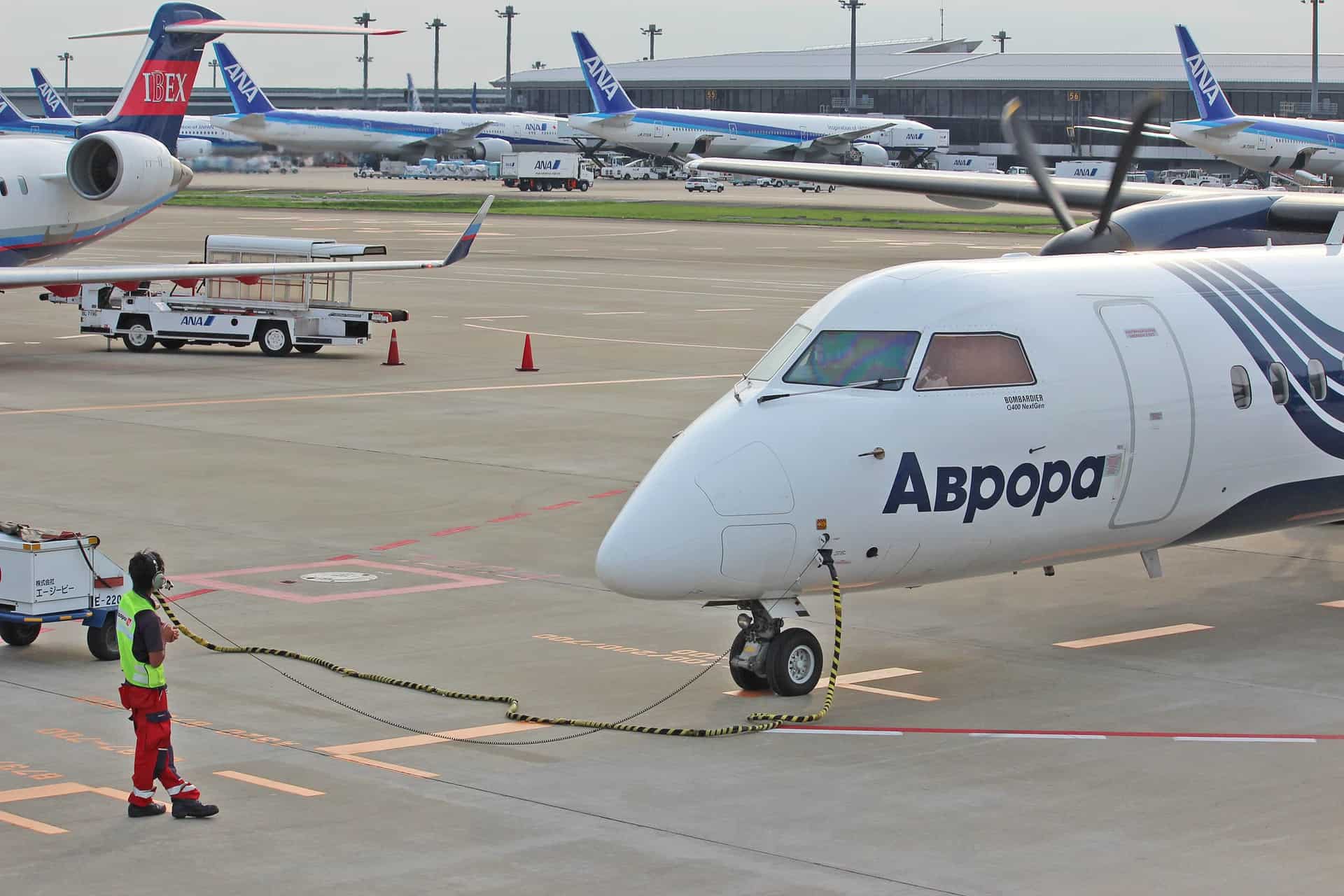It should come as no surprise that North American-based Boeing manufactures some big airplanes. Since the maiden flight of its venerable 747 in the late 1960s, Boeing has been hitting the runway with big planes. The current version of the 747, the 747-8, is at the head of the pack.
So, which is bigger, Boeing or Airbus? Boeing did not make the biggest plane in the world, an honor which goes to the Antonov An-225. They don’t even make the largest commercial plane, which is currently the Airbus A380. The Boeing 747-8 holds the spot of the second largest passenger plane when rated by takeoff weight.
The present-day Boeing company is the result of mergers between several major aircraft manufacturers. As a result, the company has no other competition in the production or development of heavy aircraft. The only exception is European Airbus, whose aircraft match or better Boeing’s offerings in terms of sheer size.
Table of Contents
1. Boeing 747-8

- Maximum Takeoff Weight (MTOW) 987,000 lbs.
The 747 was the world’s first jumbo jet, first flown in 1969 and introduced into service for Pan Am Airways. The “Queen of the Skies,” as she became known, was the first two-aisle airliner. It is recognizable to this day thanks to its second level cockpit and upper-deck hump. The design was notable since it allows the entire nose of the aircraft to open for freighter planes.
Boeing has improved on the original design over the years by upgrading engines and stretching the fuselage to accommodate more payload. The most common variant was the 747-400, which added a much larger bridge deck, a glass cockpit, and seating for over 400 passengers in three classes. It came out in 1983.
Throughout the 1990s and 2000s, Boeing researched options to make an even larger version of the 747. The market proved fickle, thanks to waning interest from the airlines and the rise of regional jets. It wasn’t until 2005 when the 747-8 was launched.
The 747-8 is available in freighter and passenger versions. The passenger plane can carry 467 passengers in three classes with a range of 7,790 nm. The freighter can haul 137 tons of cargo. It is by far the heaviest Boeing aircraft, though the current generation of 777 is a tad longer.
2. Boeing 777
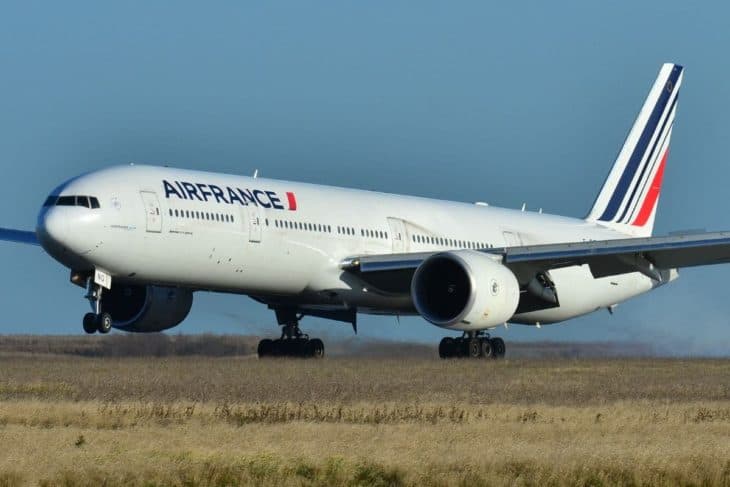
- Maximum Takeoff Weight (MTOW) 775,000 lbs.
Early jet airliners tended to use three or four engines. Besides redundancy, this was a regulatory requirement put on the airlines for long over-water operations. Over the years, engines became more and more reliable, and it became apparent that a much more efficient airplane could be built that would be just as safe as a tri or quad-jet.
The resultant regulations became known as ETOPS, or extended twin operations. They allow airlines to use twin-jet designs over water and in areas that are more than an hour away from an alternate airport.
The new rules allowed planes like the 767 and A300/310 to operate over the North Atlantic between the US and Europe. The FAA gradually allowed more time aloft on one engine, thereby extending the usefulness of twin-engine planes for the airlines. Operating these planes soon became preferable to gas guzzlers like the trijet Lockheed Tristar.
With the new rule in place, Boeing set out to build a bigger wide-body plane that could carry more freight and passengers on ETOPS routes. The result was the 777, which first flew in the early 1990s.
The 777 is a wide-body plane that typically carries 368 passengers. It’s the largest twin-engine airliner in the world. The current variants, the 777X-8 and -9, have been stretched with new engine designs added. They feature folding wingtips, which allow the planes to fit in existing terminals and airports.
3. Boeing C-17 Globemaster

- Maximum Takeoff Weight (MTOW) 585,000 lbs.
The only military aircraft to make the list, the C-17 Globemaster, is one of the Air Force’s chief cargo planes. McDonnell Douglas initially designed it, but Boeing took over the program when the companies merged. The plane entered service in 1995 and was manufactured until 2015.
The C-17 is a high-wing four-engine design. It’s used to haul cargo and relief supplies by many of the world’s military organizations, including India, Kuwait, UK, Australia, Canada, Qatar, UAE, and the NATO Heavy Airlift Wing.
4. Boeing 787-10
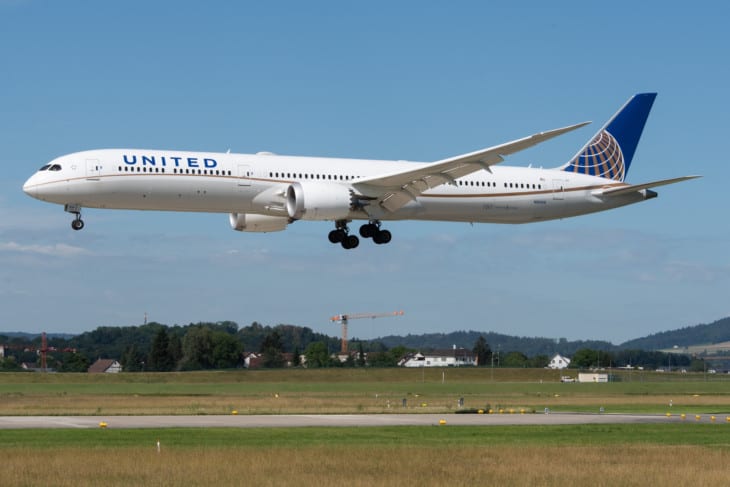
- Maximum Takeoff Weight (MTOW) 560,000 lbs.
Boeing’s newest airliner is also the fourth biggest. The 787 is revolutionary in many ways, but its primary mission was to bring the modern building and design techniques into the wide-body airliner market. The plane carries between 200 and 300 passengers on routes as long as 8,500 nm, all while using 20 percent less fuel than the 767, which it was designed to replace.
To get such an efficient airframe and engine design, Boeing relied extensively on composite materials and state-of-the-art manufacturing techniques. The 787 became known as the “Dreamliner.” It first flew in 2009.
Unfortunately, the 787 program was plagued with problems. Several incidents involving the plane’s lithium-ion batteries resulted in an emergency grounding order by the FAA until the problem was rectified.
5. Boeing 767-400ER
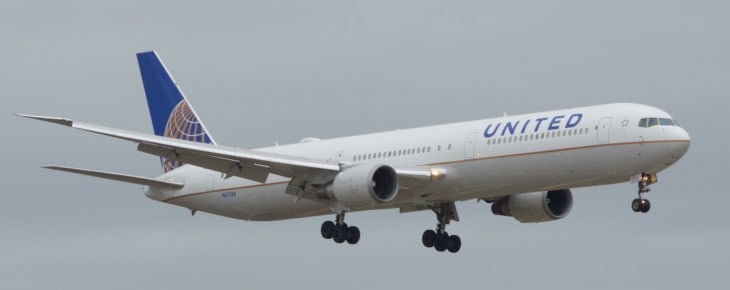
- Maximum Takeoff Weight (MTOW) 450,000 lbs.
The 767 is a wildly popular twin-engine wide-body that has been in service and production since 1981. Boeing designed the plane together with the narrow-body 757, effectively as replacements for the aging fleet of less efficient 727s and 747s.
One of the primary goals of the 757 and 767 programs was to reduce operating costs for airlines. The air carriers operating in the post-deregulation environment of the late 1970s were very different than their predecessors, and low costs became the primary concern when ordering new planes.
The 767 was one of the first planes to benefit from the relaxing of ETOPS regulations in the mid-1980s. The plane was initially used for transcontinental flights, but with new ETOPS rules allowing over-water flying, the 767 now sees service all over the world.
The 767 is also a popular freighter, and UPS and FedEx are some of the largest fleet operators. Boeing also used the airframe to design several military variants, including the E-767 for surveillance and the KC-46 air tanker.
Related Posts
